
Author John D. Fitgerald set his stories, loosely based on personal experiences from his youth, in Adenville, Utah in the late 1800s. For a 1970s kid like me - a child of the space age - these chapter-long anecdotes of life during simpler time where fascinating (and a bit of a revelation).
Fitzgerald starts the first book in the series with a hilarious anecdote about his family becoming the first in Adenville to own a "water closet." When the boys' father orders the technological marvel of a toilet you use inside the house from the Sears-Roebuck catalogue, the ever scheming Great Brain immediately sees financial opportunity. He devises a plan to charge every kid in town a penny per viewing. Little brother John D. is enlisted as "a barker" for "ten percent of the gross receipts."

Many of the stories revolved around amusing scenarios like this. But unlike other childhood fair, the Great Brain books often explored very sobering topics and themes. Not the least among them was a frequent reminder of the rough justice of childhood. This was a time when fist fights weren't discouraged by adults - and losers not only took a beating, they were forced to eat dirt to punctuate their guilt and humiliation.

Fitzgerald reinforced important concepts like the destructive nature of greed and envy,
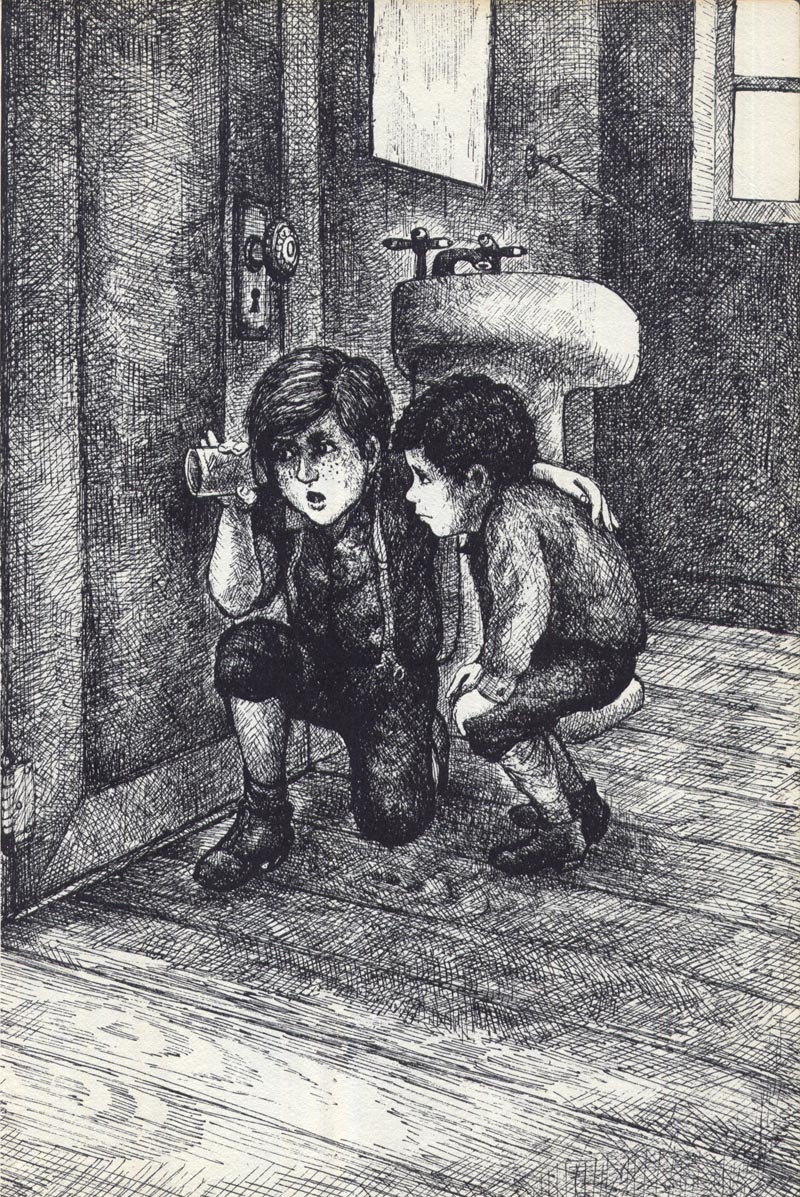
... the inevitable consequences of lying to parents, teachers or anyone else in authority,
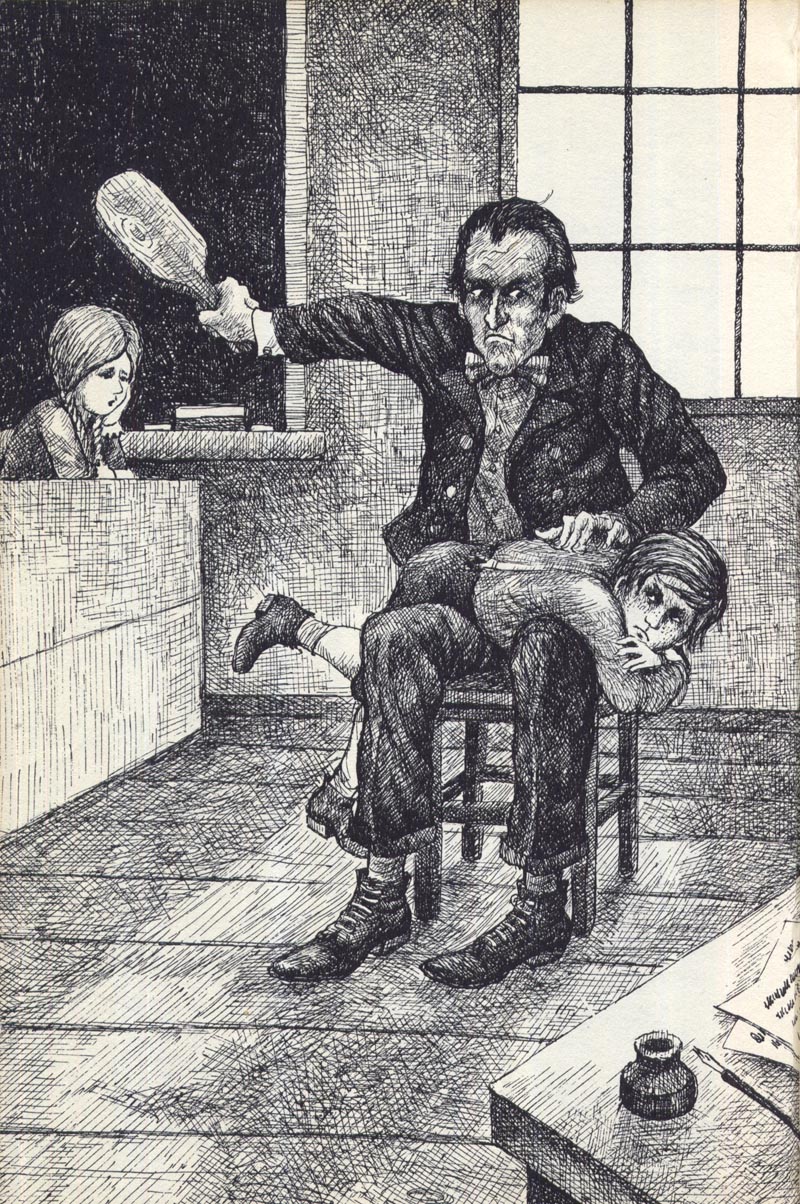
... or the tragic result of not showing compassion for one's fellow man.

As I was a kid of maybe nine or ten at the time of reading, John D.'s first-person narration had exactly the right tone of voice to reach me and introduce what would become some extremely valuable, thought-provoking life lessons. In a manner that never came across as preachy, Fitzgerald taught young readers the importance of kindness and community and to appreciate the simple pleasures of life. His stories stayed with me into adulthood. Years later, I made a point of reading the Great Brain series to my own sons knowing they would no doubt affect them in a similar manner.
The Great Brain books were illustrated by Mercer Mayer.

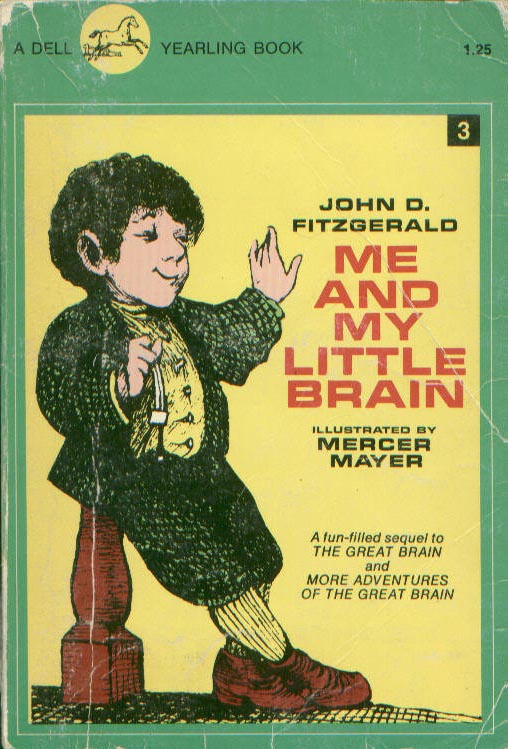
Over the course of the series, you can begin to see his style maturing nicely.
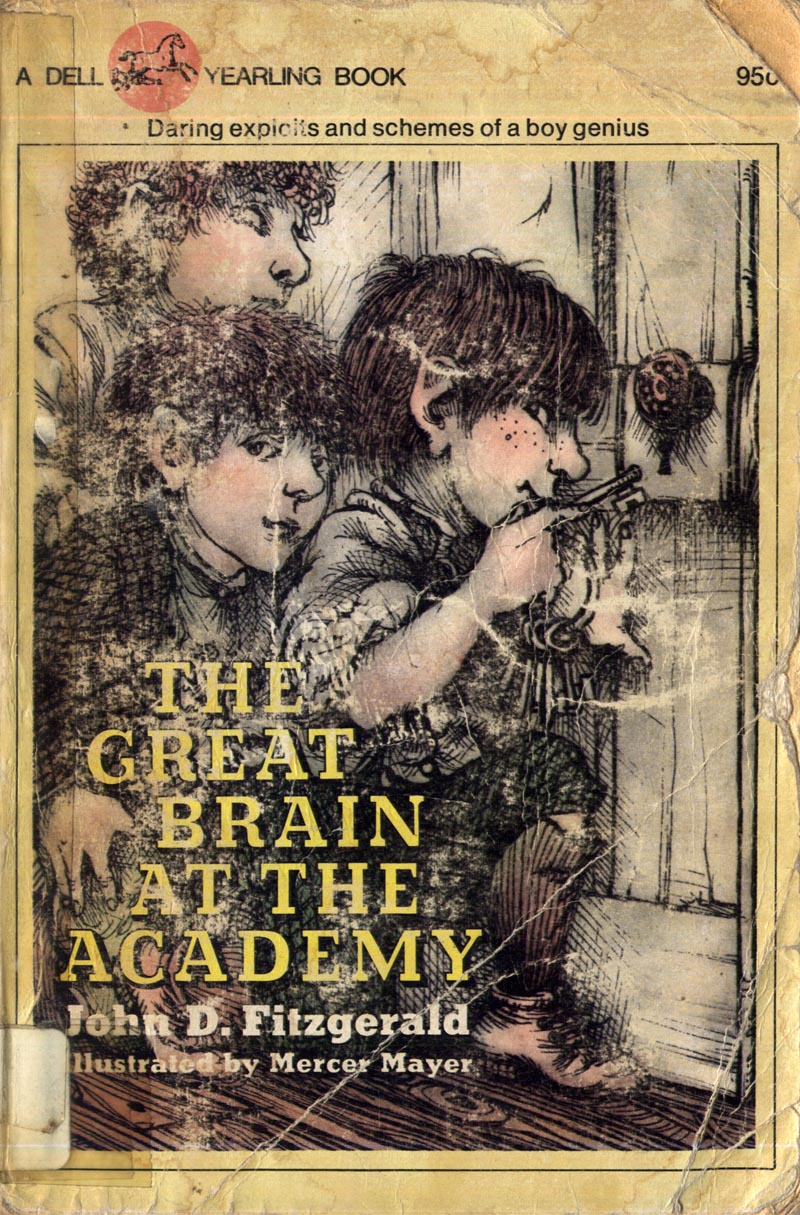

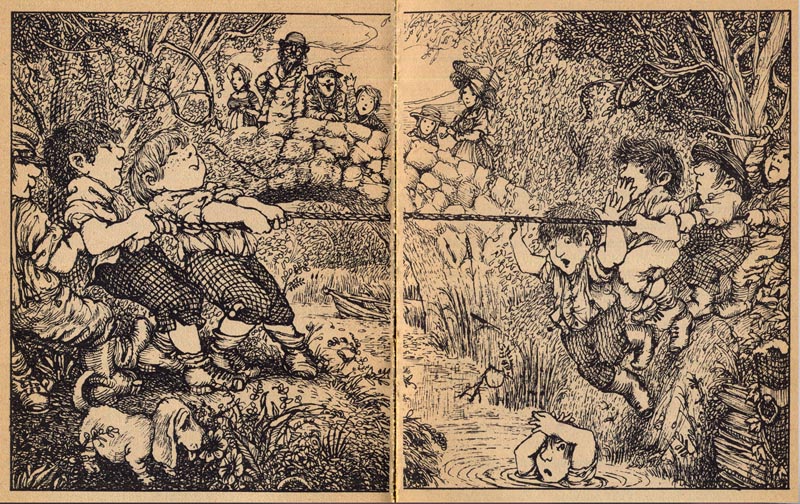
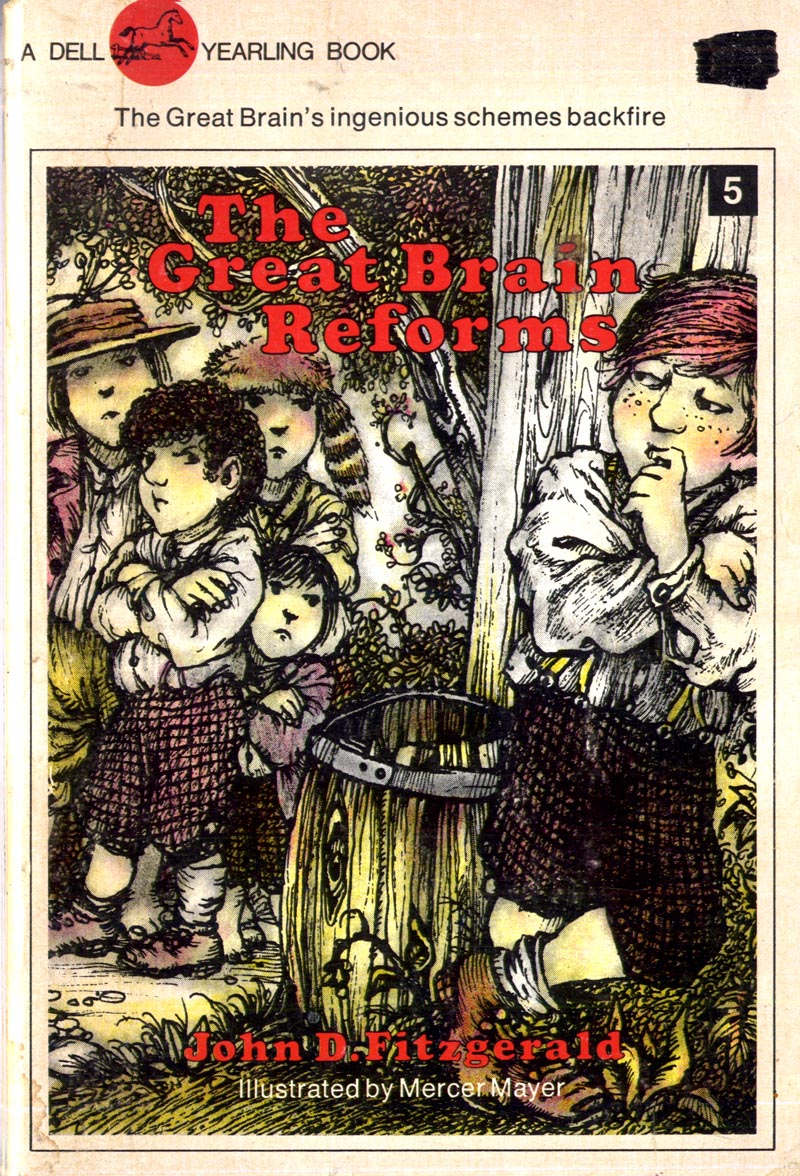
As a kid, I was conscious of the intricacy of Mayer's pen and ink technique. It's part of what attracted me to these books in the first place.
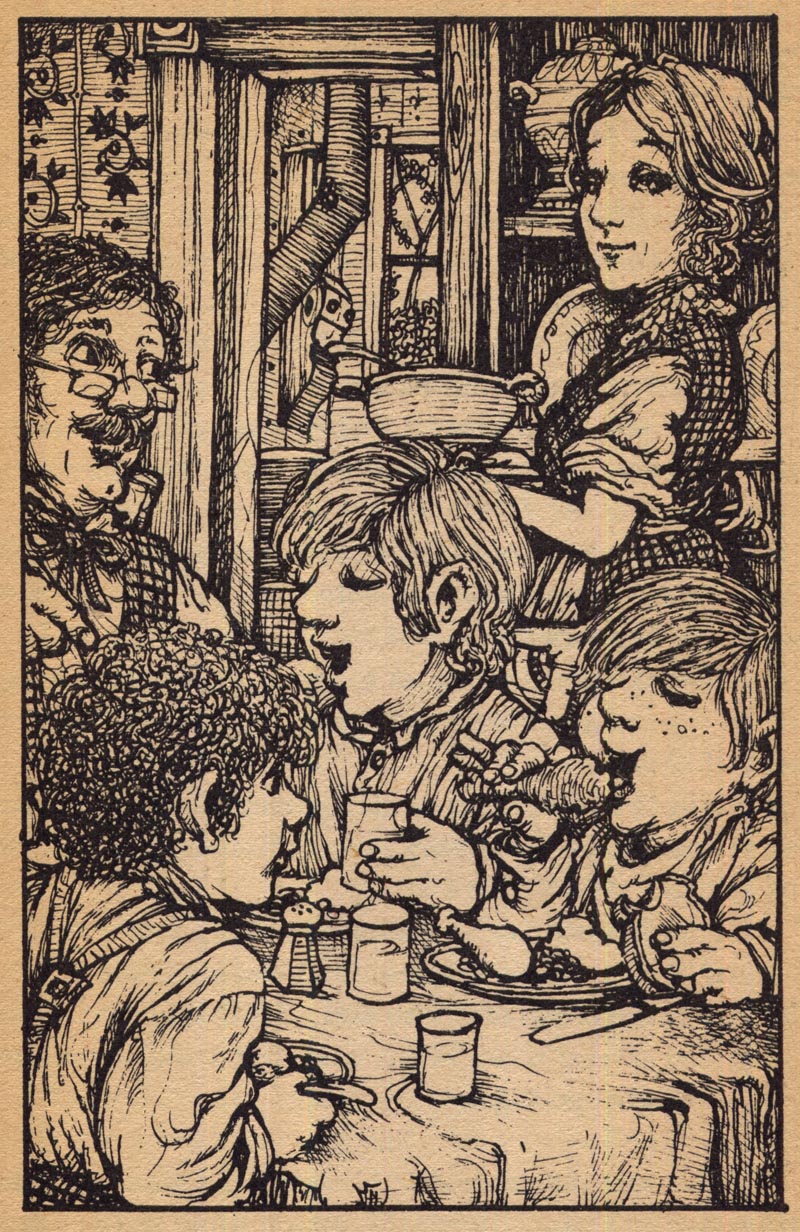
I enjoyed looking at his illustrations immensely (and still do).
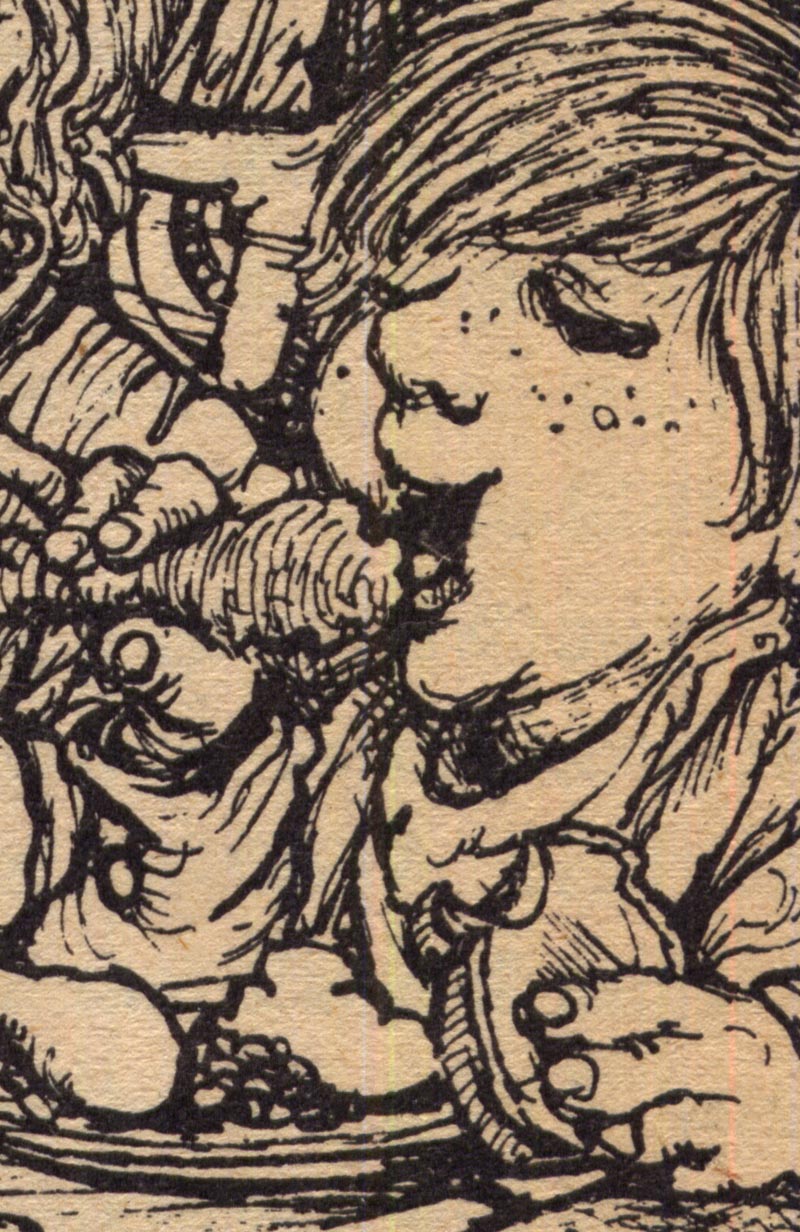
They were so unlike anything else I had seen at that point in my life...
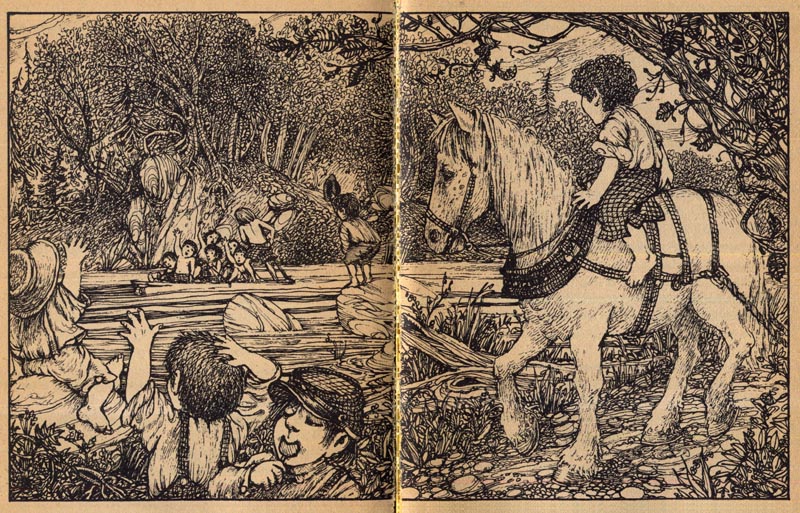
... so complex in their rendering and "old fashioned" looking.

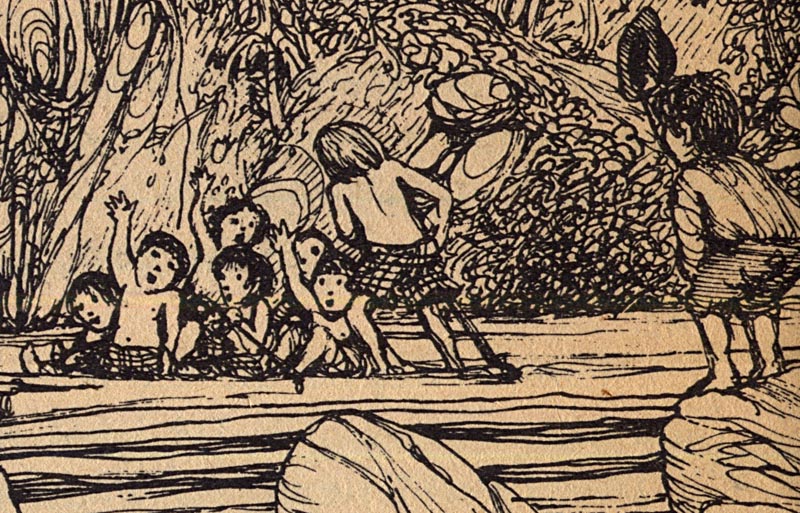
I read a bit about Mercer Mayer's career in preparing this post (I had no idea he has over 300 books published!) and noted that some critics accuse him of borrowing too heavily from Maurice Sendak's oeuvre. I can see the similarity of style... but I don't know, I can appreciate both artists' work on it's own merits and would not consider them too close for comfort.
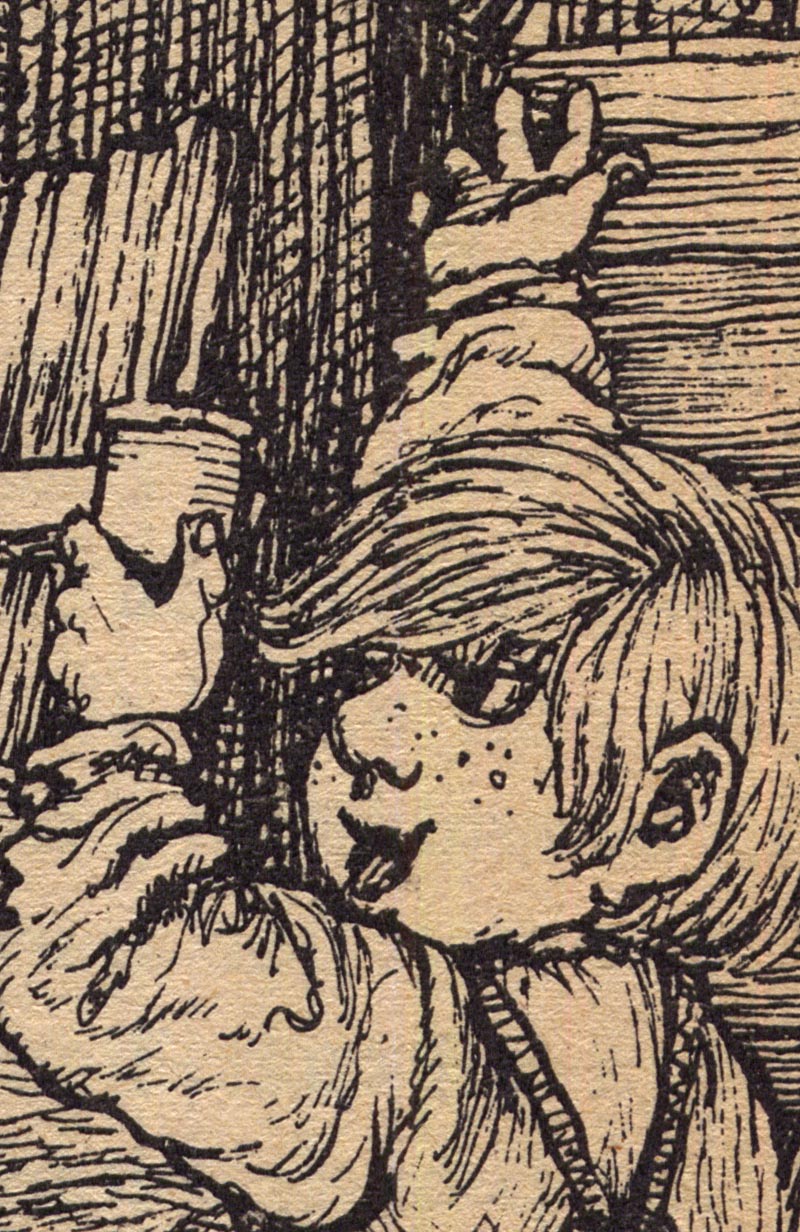
For me, Mayer's interpretation of John D. Fitzgerald's stories will always be the one I imagine when I think of the Great Brain and the world he lived in.
* If you're interested in seeing more of Mercer Mayer's Great Brain illustrations, I found scans of the entire series at this blog.










Post a Comment